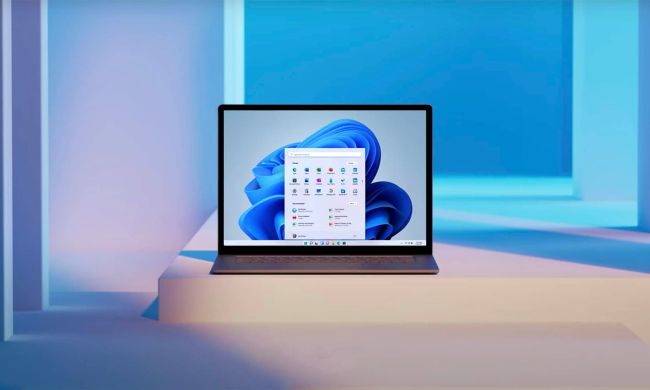
Internal sources at Microsoft indicate that users will be able to download Edge updates via the Windows Store following the next big update to Windows 10, according to a report from Neowin. While security fixes are already applied to the browser as and when required, this could mean that new features and other tweaks come at a steadier pace.
This decision seems to have been prompted by Microsoft’s ambition for Edge to better compete with Google Chrome. Given that the company is preparing Windows 10 Cloud to go head-to-head with Chrome OS, it’s imperative that its flagship browser doesn’t seem to lag behind its biggest rival.
Chrome receives regular updates throughout the year, which has contributed to its reputation as one of the best web browsers out there. Conversely, Edge seems like a relatively unimportant component of the wider Windows 10 platform, rather than a compelling browser that users might choose over other options.
The Edge browser was a prominent part of Microsoft’s attempts to hype up Windows 10 ahead of launch. It was pitched as a fresh start that would cast off the negative associations that had built up around its predecessor, Internet Explorer. However, slow progress toward modern browser features like support for extensions has impeded the growth of its user base.
Microsoft will hold its annual BUILD conference in Seattle, Washington later this month, and it wouldn’t be too surprising to hear more about Redstone 3 at that time. It’s not even been a month since the release of the Creators Update, but we’re already on the road to the next iteration of Windows 10.


